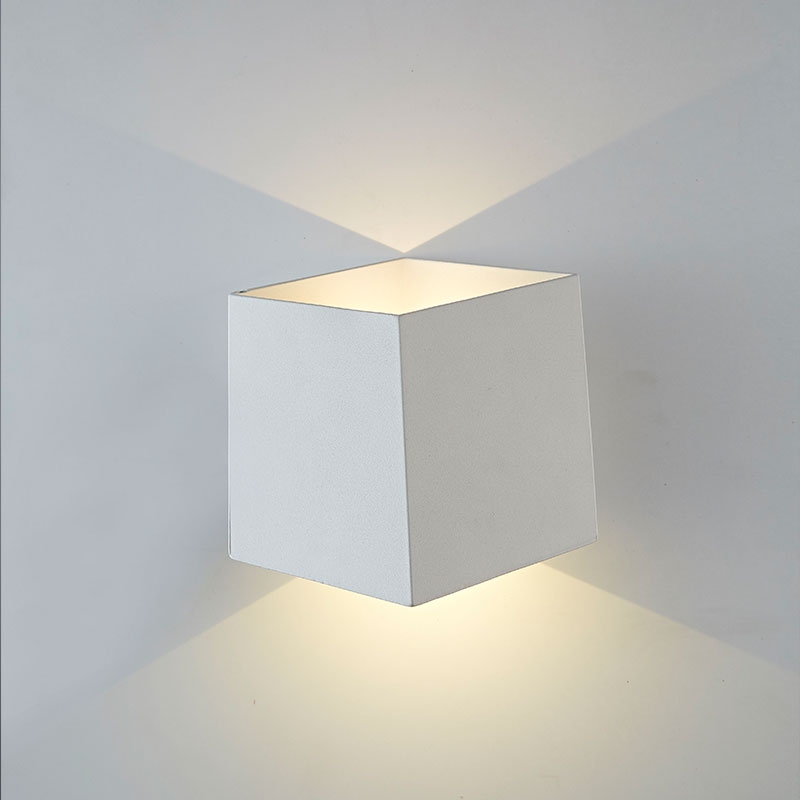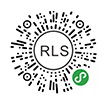At night, the first thing to go home is to turn on the light. As far as home art is concerned, any beautiful and elegant room and design, without light, is dark. With light, normal life needs, the art and beauty of interior decoration can be displayed. Therefore, interior lighting design is also an art.

Indoor lighting mainly consists of natural light source and artificial light source.
Natural light source: natural light is composed of direct sunlight and sky light. Natural lighting has the advantages of saving energy, being close to nature, making people feel more comfortable and accustomed in vision and psychology.
From the design point of view, the size and layout of lighting parts and lighting openings will affect the effect of indoor lighting. The lighting part is generally in the form of side light, high metering light and top light.
Artificial light source: fixed lamp
Ceiling lamp, ceiling lamp, spotlight, wall lamp, mosaic lamp, luminous ceiling
Movable lamps mainly refer to table lamps and floor lamps, which are generally used for local lighting. Mobile lamps are flexible and can meet the needs of various space environment.
Principles of interior lighting design
Functional principle:
The lighting design shall meet the use requirements of indoor light environment. According to different functional spaces, select appropriate light sources, lamps and layout methods to meet the illumination requirements of the space and improve the light environment quality of the space.
Illuminance: indicates that the luminous flux accepted per unit area becomes illuminance.
Luminous flux: refers to the energy radiated from the light source to the surrounding space in unit time and makes the human eye produce light sense, which is called luminous flux.
The luminous flux mainly represents the intensity of the light emitted by the light source or illuminant, while the illuminance is used to represent the intensity of the received light on the illuminated surface, and it is the optical quantity describing the degree of illumination on the illuminated (working surface).
Artistic principle:
Lighting facilities have the functions of decoration space and atmosphere. The lighting design should match the interior design as much as possible to meet the requirements of interior decoration lighting, so as to reflect the artistic effect of light and space.
Company Headquarters
Add:No.11 Minghui Road, Jianghai District, Jiangmen City, Guangdong Province, China
Tel.: (+ 86) 0750-8522588
Experience Hall
Add:Area B, 10th Floor, Star Alliance, Guzhen Town, Zhongshan City, Guangdong Province
Tel.: (+ 86) 0760-22358599

Applet
